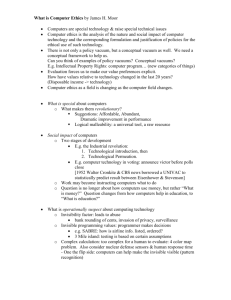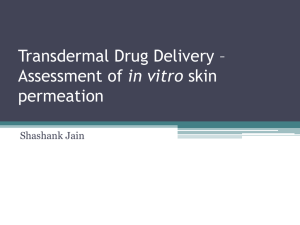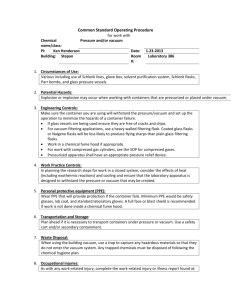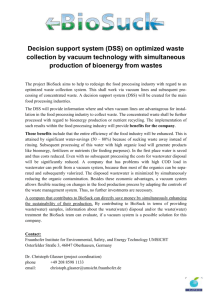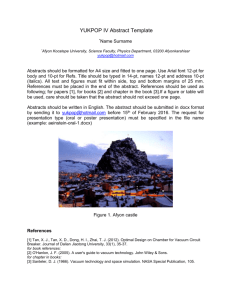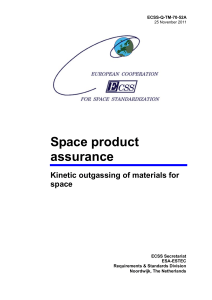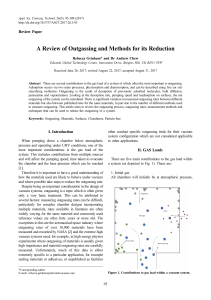O-ring reference
advertisement
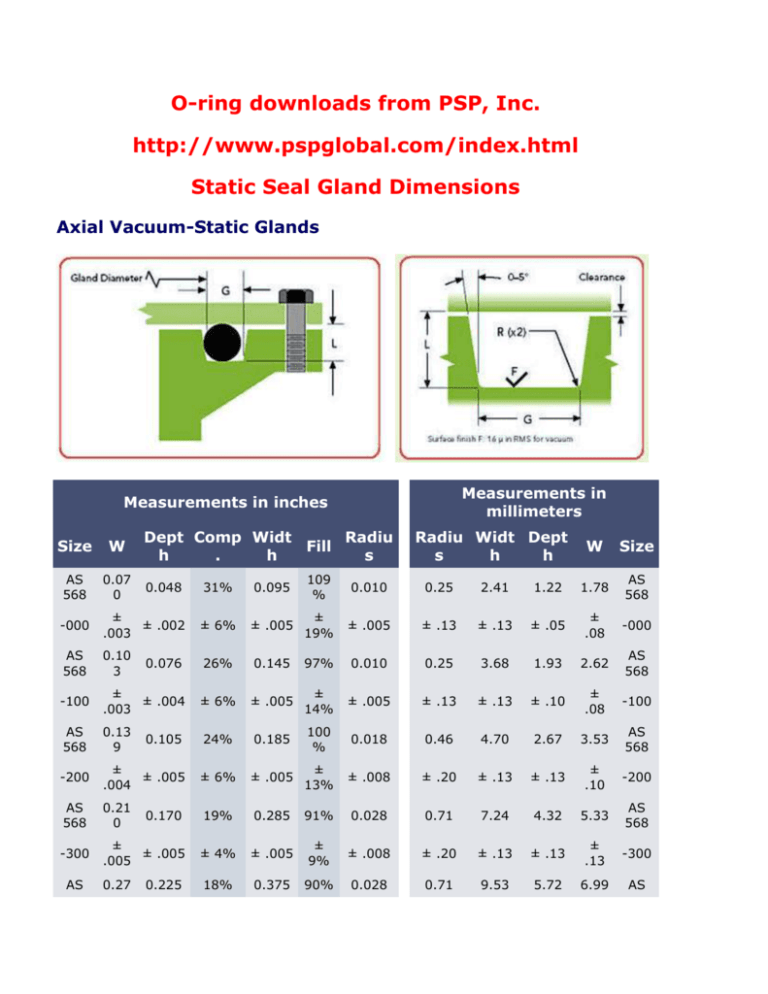
O-ring downloads from PSP, Inc. http://www.pspglobal.com/index.html Static Seal Gland Dimensions Axial Vacuum-Static Glands Measurements in millimeters Measurements in inches Dept Comp Widt Radiu Fill h . h s Radiu Widt Dept s h h Size W AS 568 0.07 0 0.048 31% 0.095 109 % 0.010 0.25 2.41 -000 ± ± .002 .003 ± 6% ± .005 ± 19% ± .005 ± .13 AS 568 0.10 3 0.076 26% 0.145 97% 0.010 -100 ± ± .004 .003 ± 6% ± .005 ± 14% AS 568 0.13 9 0.105 24% 0.185 -200 ± ± .005 .004 ± 6% AS 568 0.21 0 0.170 -300 AS W Size 1.22 1.78 AS 568 ± .13 ± .05 ± .08 -000 0.25 3.68 1.93 2.62 AS 568 ± .005 ± .13 ± .13 ± .10 ± .08 -100 100 % 0.018 0.46 4.70 2.67 3.53 AS 568 ± .005 ± 13% ± .008 ± .20 ± .13 ± .13 ± .10 -200 19% 0.285 91% 0.028 0.71 7.24 4.32 5.33 AS 568 ± ± .005 .005 ± 4% ± .005 ± 9% ± .008 ± .20 ± .13 ± .13 ± .13 -300 0.27 18% 0.375 90% 0.028 0.71 9.53 5.72 6.99 AS 0.225 568 -400 5 ± ± .005 .006 ± 4% ± .005 ± 7% ± .008 ± .20 ± .13 ± .13 ± .15 -400 0.126 20% 0.212 74% 0.018 0.46 5.38 3.20 4.00 B240 1 ± ± .005 .004 ± 5% ± .005 ± 9% ± .008 ± .20 ± .13 ± .13 ± .10 V- 0.194 18% 0.319 71% 0.018 0.46 8.09 4.93 6.00 B240 1 ± ± .005 .006 ± 4% ± .005 ± 7% ± .008 ± .20 ± .13 ± .13 ± .15 V- 0.335 15% 0.536 68% 0.028 0.71 13.61 8.51 ± ± .005 .012 ± 4% ± .005 ± 6% ± .008 ± .20 ± .13 ± .13 B240 0.15 1 7 V- B240 0.23 1 6 V- B240 0.39 1 4 V- 568 10.0 B240 0 1 ± .30 V- Note: Gland diameter should provide for no greater than 3% to 5% stretch (based on nominal o-ring ID). Vacuum Permeation The solubility and diffusion of a gas through an elastomer affects the pump-down time as well as the ultimate vacuum achieved in a vacuum seal. The gas permeation coefficient of a polymeric material is the volumetric flow rate of a gas under steady-state conditions through a unit surface area of unit thickness at unit pressure difference. Q = K A (P1 - P2) d Q is the permeation rate (cm3/sec) K is the permeation coefficient (cm3 cm/sec cm2 atm) A is the area (cm2) P1 - P2 is the pressure gradient (atm) d is the thickness (cm) Permeability is a fundamental property of an elastomer. It is often desired to measure the rate of transmission of a vapor or liquid through the elastomer. This is called "transmission." In general: Material Swelling decreases permeation rate High pressures decrease permeation rate (reduction of free volume) Higher temperatures increase diffusion rate and permeation rate Inorganic fillers eliminate diffusive passages and lower permeability Larger molecules of gas lower diffusion rate He O2 H2O N2 CO2 Nitrile 8 2.5 760 0.1 25 EPDM 25-30 16-18 - 6-7 85 VMQ 250 75-450 8,000 200 2,000 FVMQ 140 80 - 40 400 FKM 9-22 1-2 40 0.05-0.7 5 30 3 - 2 - FKM* FFKM (PFE) 60-80 6-8 90-100 8-12 - KEL-F - 0.1 - 0.1 0.5 PTFE - 0.04 - 0.14 0.12 1.9 0.1 - 0.03 0.2 Polyimide Permeation Data for Various Polymers (units expressed in 10-8 sccm-cm/sec-cm2-atm) *Highly fluorinated compound Outgassing and Weight Loss of Elastomers Outgassing in elastomers is the release of volatile materials when the elastomers are heated. Outgassing affects vacuum performance. Outgassed components may include water vapor from the reaction of acid scavengers (i.e., MgO) and acid during the curing process of elastomers. Also, low-molecular-weight species of antioxidants and UV stabilizers, unreacted polymer residues and degraded products may appear as outgassed components. Many traditional seal materials contain small amounts of low-molecular-weight plasticizers, or process aids, that can volatilize under vacuum conditions. Water vapor and carbon dioxide are also absorbed into seal elastomers exposed to air. Weight loss measurements are often used as an indicator of outgassing in elastomers. Specific values for vacuum weight loss are dependent on the elastomer and sample conditioning. Heating an o-ring seal for several hours at 100°C has been shown to reduce outgassing significantly. This "bake-out" procedure is less important for seals made from modern fluorocarbon and perfluorocarbon elastomers as the manufacturing process includes a several-hour post-curing step at temperatures above 200°C. Vacuum baking can provide even less outgassing. Outgassing Rates of Elastomers and Various Materials RATE* (10-9 mbar/seccm2) Material RATE** (10-8 Torrliter/sec) Stainless Steel 13.5 Steel, Chrome Plated 7.1 Stainless Steel, Electropolished 4.3 Aluminum 6.3 Nitrile 3,500 300 KEL-F 40 4 Silicone 18,000 2,000 Fluoroelastomer 1,140 2,000 Fluoroelastomer, baked 4 0.2 Perfluoroelastomer PTFE 0.3 300 400 Polyimide 900 Pyrex glass 7.4 * Leybold Inficon, Inc.-"Vacuum" 1997 ** Peacock, R.N., J. Vac. Sci. Technol., Jan./Feb. 1980 80 Trapped Gas in O-Rings and Seals The release of gas trapped by the elastomer in the groove (especially dovetail grooves) can slowly leak over time. Comparisons of sealing materials and design alternatives are often made by charting the pump-down curve. Recording of temperature and pressure (vacuum) levels over time can provide useful information to equipment manufacturers. Recent testing by a major vacuum components manufacturer confirmed that there were "no appreciable difference[s] in the permeation rates (increase in helium partial pressure) for brown or black Viton."* Vacuum grease may not provide a significant reduction in permeation, but may improve the seal installation and repeated sealing performance.* * Nor-Cal Products, Permeation of Various O-Rings, 1998
